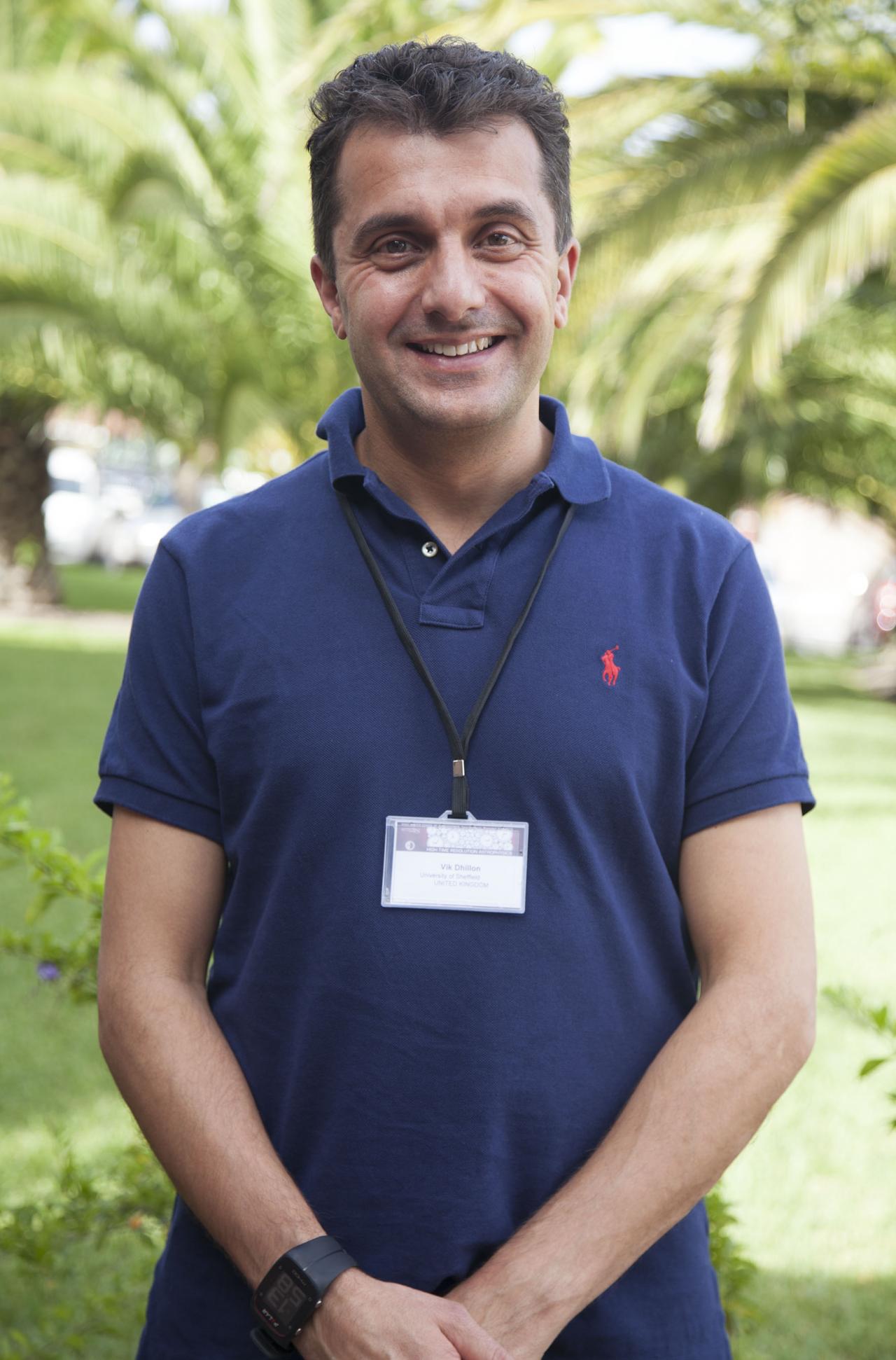Could you explain to us what High Time Resolution Astrophysics (HTRA) is?
HTRA is the study of how astronomical objects vary on fast timescales, where fast means milliseconds to seconds (0.001 - 1 s). Only the smallest astronomical objects vary in brightness on such short timescales.
Hence the most common targets of HTRA studies are the dead remnants of stars - white dwarfs, neutron stars and black holes. These stars, which occur on their own or in binary systems, exhibit eclipses, pulsations, flickers, flares, eruptions, outbursts and explosions, all of which reveal detailed information on their origin, structure and evolution.
Time domain can be considered as a new frontier in Astrophysics. How fast can we now observe at optical wavelengths and what have been the most exciting discoveries in the last decade?
Using CCD detectors mounted on large telescopes, it is possible to take exposures as short as a few milliseconds in duration (so hundreds of frames per second).
Using such instruments, researchers have discovered planets around close binary stars, made size estimate of the minor planets in the Solar System, probed emission from close to the event horizon around accreting black holes, and discovered a new class of binary star in which one star has donated so much matter to its white dwarf companion that it has become a brown dwarf.
What are the sort of instruments required to do HTRA?
The common-user instruments available on the world's largest telescopes use optical detectors (CCDs) that are unable to take images faster than about one per minute. Hence specialist instrumentation is required for HTRA, using custom-made CCDs, electronics and software to allow hundreds of images per second to be obtained. Examples include ULTRACAM on the 4.2m William Herschel Telescope on La Palma/3.5m New Technology Telescope in Chile/8.2m Very Large Telescope in Chile, and ULTRASPEC
on the 2.4m Thai National Telescope.
So far GTC (Gran Telescopio CANARIAS) has not fully exploited high time resolution instrumentation. Does GTC have any plans to do so, and if so, what key questions will be answered?
There are plans to equip the GTC with a state-of-the-art high-speed camera, known as HiPERCAM, in 2017/18. This camera, built by the same team responsible for ULTRACAM and ULTRASPEC, will make the GTC the most powerful telescope in the world for HTRA in the optical part of the spectrum. As well as allowing objects nearly 10 times fainter to be studied, HiPERCAM+GTC will be able to take over a thousand images every second, enabling detailed studies of the most rapid variability in the Universe, such as the emission from pulsars.
Annia Domènech
